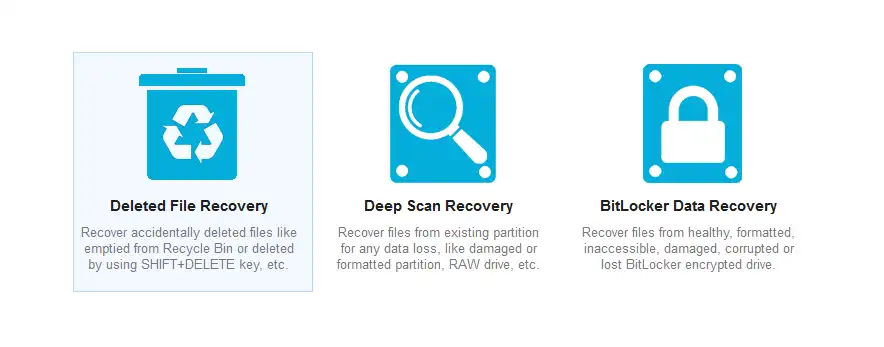Understanding and Unraveling the Mystery of Formatted SSDs: Can Deleted Data Be Recovered? | ACE Data Recovery Article
The inherent nature of SSDs, coupled with advanced data management techniques such as wear-leveling and garbage collection, renders traditional data recovery methods ineffective.
In the realm of data storage, Solid State Drives (SSDs) have revolutionized data storage with their rapid data access, robustness, and compact size, making them a popular alternative to traditional Hard Disk Drives (HDDs). However, one question looms large: can deleted data on a formatted SSD be recovered? To answer this, let's delve into the intricate workings of SSDs and the mechanisms governing data recovery.

1. An Introduction to SSDs
SSDs are storage devices that use flash memory to store data persistently. Unlike HDDs, which rely on spinning disks and magnetic heads, SSDs store data in interconnected flash-memory chips. This design eliminates the mechanical components present in HDDs, resulting in faster read and write speeds, enhanced reliability, and durability. Modern SSDs often come equipped with internal hardware-based encryption. This encryption technology safeguards data by encoding it before it is written to the drive, enhancing security and protecting against unauthorized access.
2. Distinguishing Between SSDs and HDDs
The fundamental disparity between SSDs and HDDs lies in their underlying technology. HDDs use spinning magnetic disks to store and retrieve data, whereas SSDs utilize flash memory chips. This fundamental distinction impacts various aspects such as speed, durability, power consumption, and susceptibility to physical damage.
3. Underlying Causes of Data Loss on SSDs
Data loss on SSDs can occur due to various factors, including accidental deletion, formatting errors, software corruption, physical damage, and electronic failures. Despite their resilience, SSDs are not immune to data loss.
4. Understanding the Garbage Collector in SSDs
Garbage collection is a built-in feature of SSDs designed to manage and optimize the allocation of flash memory cells. As data is written and deleted from an SSD, it leaves behind remnants of residual data known as "garbage." The garbage collector function reallocates these unused memory blocks, ensuring efficient utilization of available storage space and prolonging the SSD's lifespan.

5. Deciphering the Impossibility of Data Recovery from SSDs
Unlike HDDs, where deleted data remains recoverable until overwritten by new data, SSDs operate differently due to their internal architecture and data management algorithms. When data is deleted from an SSD, the controller marks the associated flash memory cells as available for new data storage. However, the actual data remains intact until the cells are overwritten. This process, known as wear-leveling, distributes write operations evenly across the SSD to prevent premature degradation of specific memory cells. Consequently, even though the data appears to be deleted, it may still persist in the memory cells until overwritten by new data. As a result, traditional data recovery methods that rely on accessing residual magnetic traces, as with HDDs, are ineffective on SSDs.
6. Conclusion
In conclusion, while SSDs offer numerous advantages over HDDs in terms of speed, reliability, and durability, the inability to recover deleted data presents a unique challenge. The inherent nature of SSDs, coupled with advanced data management techniques such as wear-leveling and garbage collection, renders traditional data recovery methods ineffective. Therefore, it is imperative to exercise caution and implement robust data backup strategies to mitigate the risk of data loss on SSDs. Understanding the nuances of SSD technology and its implications for data recovery underscores the importance of proactive data management practices in safeguarding valuable information in the digital age.
